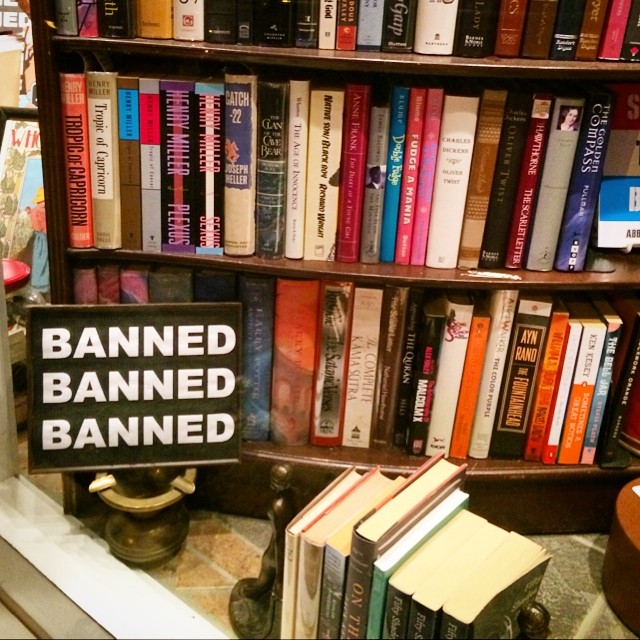
Recently, SB Board of Education member Rajesh Soni raised questions about two books taught in the curriculum: Ruth and the Green Book by Calvin Ramsay and Gwen Strauss, and Separate is Never Equal by Duncan Tonatiuh. The questioning raised a few concerns among teachers and students in SB, leading the community to wonder if the district would ban books that depict African American history.
Book bans in SB are rare, but are a real possibility that many teachers find threatening to how we teach important events in history. Ruth and the Green Book and Separate is Never Equal are children’s picture books that can be found in elementary schools and middle schools’ curricula across the country. In a Tennessee school district, these books were challenged and have been banned from the curriculum since 2021.
The books themselves are children’s picture books and tell stories involving the Green Book, a guide for traveling African Americans to find institutions that welcomed Black customers.
Social Studies teacher Mr. Gregory Tuttle, who teaches AP African American Studies, opened up about the book’s relation to the district curriculum. He explained, “If we don’t teach about controversy, we’re not teaching about anything. History’s controversial, our society is controversial.” It is clear that for students to learn about topics, they need to be aware that there will be roughness involved from all sides. Censorship goes against this approach and drives teachers away from giving full historical perspectives.
Mr. Tuttle also brought up inclusivity. He said, “We teach about the holocaust, we teach about World War I, we teach about all these wars, and show really graphic images with that. Why is that okay, but African American history isn’t okay?” Although violence surrounds history, it should not be at the expense of removing it from education.
Mr. Tuttle stressed the importance of a student’s developing mind, and used the example of explicit images on the internet to demonstrate so, saying, “Myself and all of my teaching peers have spent years in training to teach these things, versus a kid at home on the internet reading Reddit posts and seeing TikTok pictures…there is no context, and no one to guide them through that.” The mind of a high school or middle school student grows day by day; without the proper tools and help present, they will not develop the ability to think critically. A thriving mind requires a healthy environment where teachers are there to educate about these complex topics—children should not be left to come across them alone without having context.
Crossroads North Social Studies teacher Mrs. Patricia Metzger, who teaches American History, also talked about the implications of banning an entire side of history. She said, “As teachers, we are given a lot of responsibility to teach the correct way. As a middle school teacher, I think my students can handle grim topics with help from the adults who have studied these topics extensively.” The books in question are made for young children to introduce the topics in a way they can process. Involving topics that may be considered controversial within school curricula allows students to have a sense of what they should be learning and why they are learning this way. Mrs. Metzger also emphasizes context, and says students need to have a sense of what all perspectives of a story entail to be able to convey it thoroughly. Banning books makes it difficult to do so.
Although some topics taught in history are uncomfortable, banning books or topics in the educational curriculum is far from the solution, as it further prevents students from learning the complete reality of history. It is important not to censor the full story of what we teach, as students should always be taught the full story if we expect to teach them the truth.